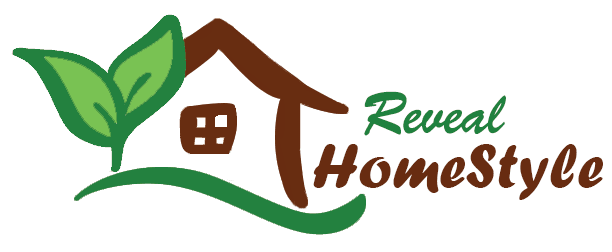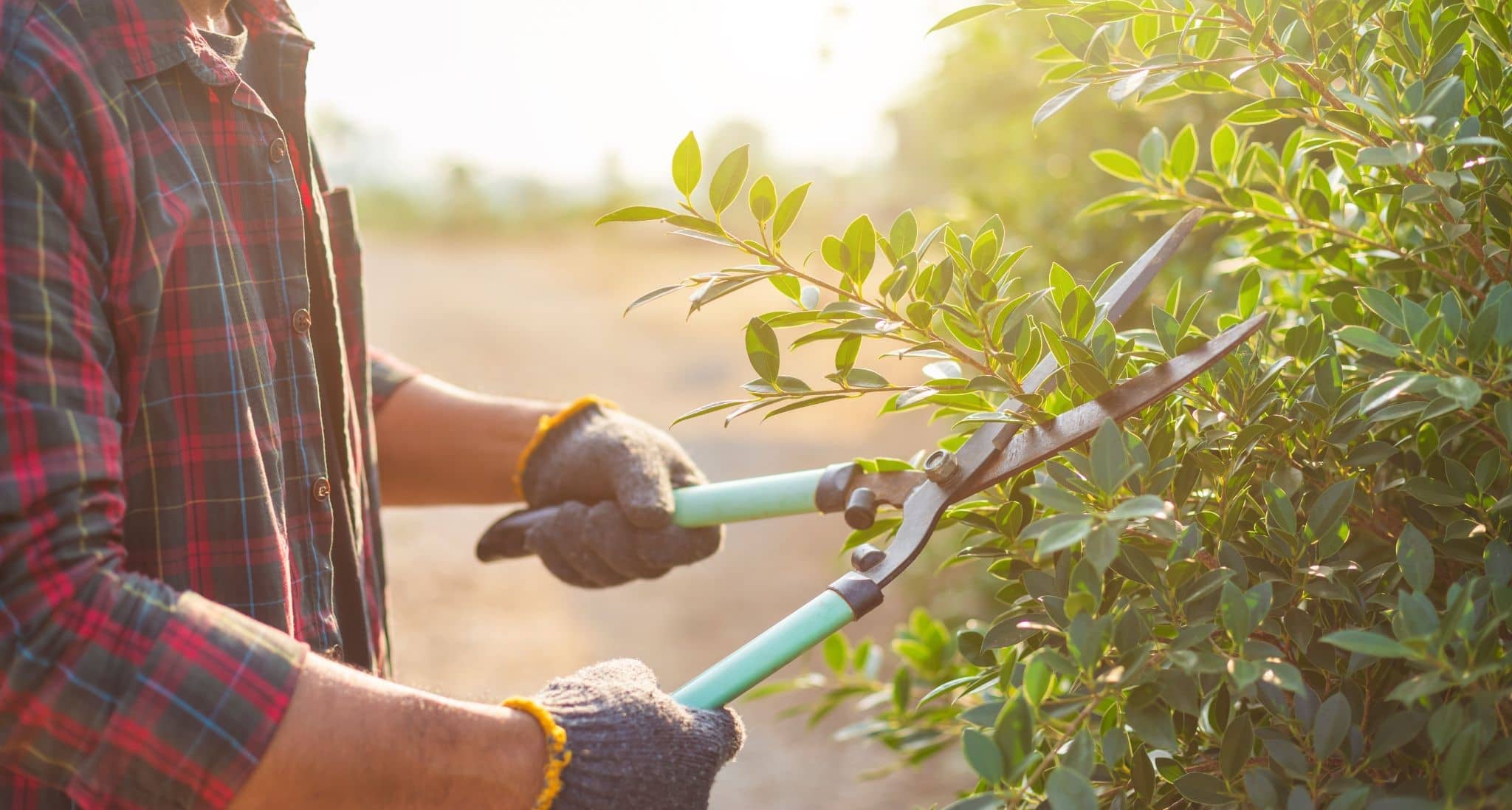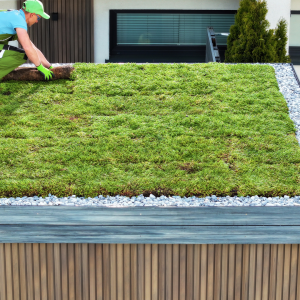Planning your dream garden? If you’re at the very beginning of your growing journey, there’s a lot you need to consider: the climate your plants will be growing in, the amount of care and attention each species needs from you, and the wildlife your flowers, fruit, and vegetables could attract. As well as this, it’s important to get clued up on the types of invasive vegetation you could encounter in your garden. Invasive plants cannot only dramatically alter the appearance of your garden but cause serious issues for your home, alongside the other plants and habitats living on your premises too.
How can you spot invasive vegetation?
The best time to search for any signs of invasive vegetation is during the spring season when plants start to slowly show signs of growth once more. Especially if you’ve just moved house, or your garden has been left to its own devices for a long period of time, it’s worth conducting a thorough check of each plant in your patch. While you might expect invasive vegetation to look as ugly as the term sounds, many of the plants that cause problems for your garden are actually quite eye-catching – several of the most invasive species in the UK were actually introduced to the local environment because of their beauty.
It’s always best to get a second opinion if you think you’ve come across any form of invasive vegetation. Enlisting the help of specialists like Ebsford Environmental will give you the peace of mind that your plants are what you think they are, as well as ensuring you can solve the issue as soon as possible.
Types of invasive vegetation
The five main types of invasive vegetation found in the UK today are Japanese knotweed, giant hogweed, Himalayan balsam, Rhododendron ponticum, and New Zealand pygmy weed. While all of these plants have different qualities, they are notable thanks to the speed with which they grow, and the impact they can have on the environment they’re growing in.
One of the most well-known types of invasive vegetation thanks to the damage it can cause, Japanese knotweed can have a devastating effect on the local environment it grows in, as well as any man-made materials it comes up against.
Why is invasive vegetation such a problem for gardeners?
While non-native plants don’t usually cause any issues in their original environments, the conditions of local habitats often aren’t suitable to keep their growth under control. Very fast growth, coupled with the inability of local wildlife to stop overgrowth in the way they help maintain local levels of flora and fauna, means that invasive plants can have a very destructive impact if they’re not controlled.
If you’ve spotted any form of invasive vegetation in your garden or on your business’s premises, it’s important to act quickly to ensure these plants don’t spread any further. As well as the risks to your own garden and buildings, it is illegal to dump or allow some forms of invasive vegetation, such as Japanese knotweed, to grow on properties around your own.
How can invasive vegetation be removed?
Because of the severity of many invasive vegetation infestations, it’s recommended that you seek professional advice as soon as possible. Depending on how much disruption you’re prepared to go through in your garden, there are several ways for you to get rid of any invasive plants that have found their way onto your premises. Whichever way you choose to remove invasive vegetation from your property, it’s important to ensure the plant, roots, and rhizomes have all been eradicated permanently.





